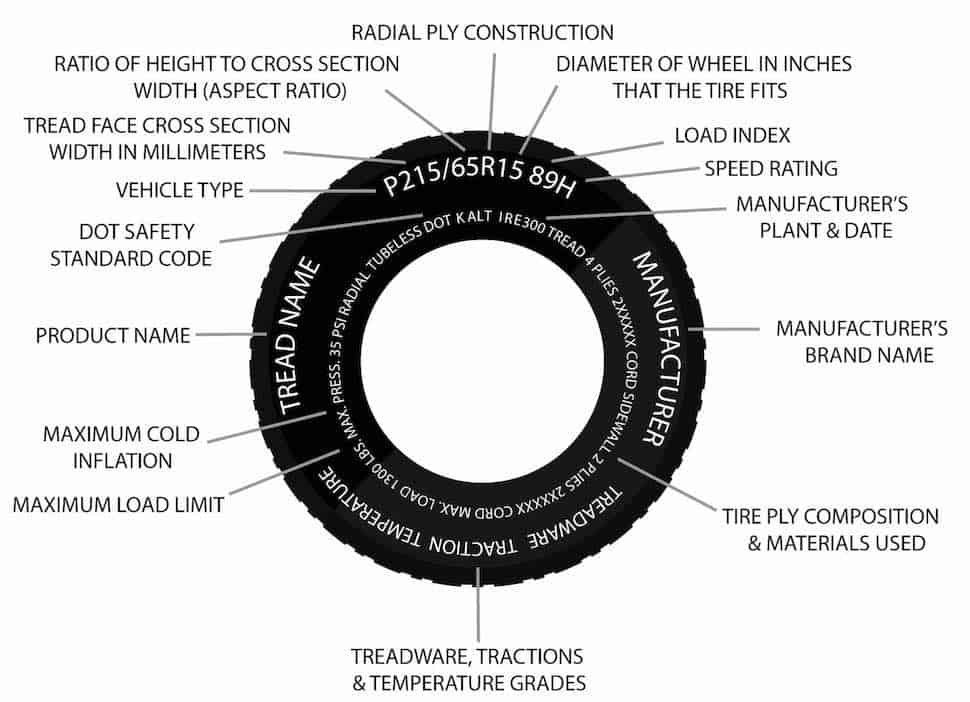What do the numbers mean on the sidewall of your tire? At first glance, you look at your tire sidewall and think, “’Do I need a super secret decoder ring to read this?” In addition to the model name of the tire there is a series of numbers that at first, you don’t deem important. However, these numbers are extremely helpful, especially when it’s time to replace your tires. Here’s a quick breakdown to help you decipher one of the best kept secrets in the automotive world: How do you read tire sizes?
TIRE SIZE
Example: P225/50/R17 98H
P identifies your tire as a Passenger Tire. The P stands for PMetric. If your tire size starts with LT rather than a P than it identifies the tire as a Light Truck tire.
225 identifies the tire section width, which is the measurement of the tire from sidewall to sidewall in millimeters. This measurement varies depending on the rim to which it is fitted.
(There are 25.4 millimeters per 1 inch.)
50 is the two-figure aspect ratio. This percentage compares the tire's section height with the tire's section width. For example, this aspect ratio of 50 means that the tire's section height is 50% of the tire's section width.
R indicates the construction used within the tires casing. R stands for radial construction. B means belted bias and D stands for diagonal bias construction.
17 The last dimension listed in the size is the diameter of the wheel rim, which is most often measured in inches.
LOAD INDEX AND SPEED RATING
Example: P225/50/R17 98H
The load index and speed rating, or service description, are the numbers that follow the tire size.
The load index tells you how much weight the tire can support when properly inflated. Load indices range from 75 - 105 for passenger tires, with each numeric value corresponding to a certain carrying capacity.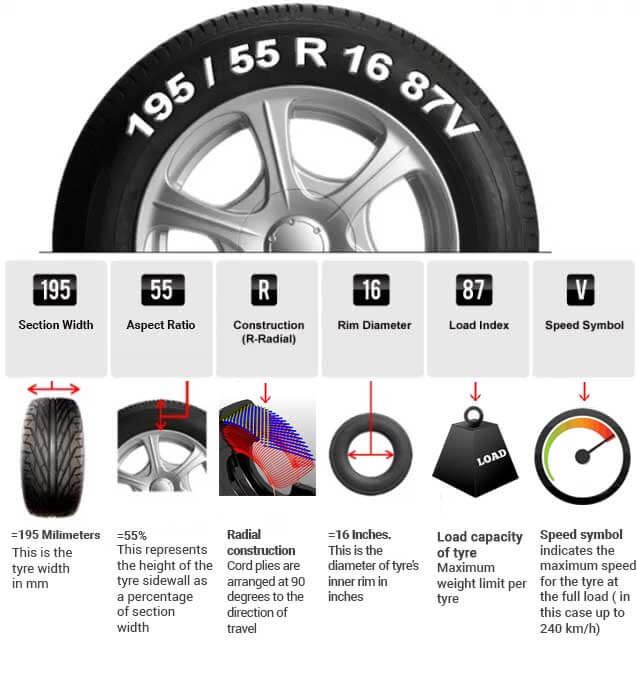 The carrying capacity for each value can be found on a load index chart. On each U.S. passenger car tire, the load limit is listed in pounds. European tires have the load limit listed in kilograms and sometimes pounds.
The carrying capacity for each value can be found on a load index chart. On each U.S. passenger car tire, the load limit is listed in pounds. European tires have the load limit listed in kilograms and sometimes pounds.
H Speed ratings are represented by letters ranging from A to Z. Each letter coincides to the maximum speed a tire can sustain under its recommended load capacity. For instance, S is equivalent to a maximum speed of 112 mph. Even though a tire can perform at this speed, Continental Tire does not advocate exceeding legal speed limits.
Rating | Maximum Speed |
Q | 100 MPH |
S | 112 MPH |
T | 118 MPH |
U | 124 MPH |
H | 130 MPH |
V | 149 MPH |
W | 168 MPH |
|
Y | 186 MPH |
Z | Over 149 MPH |
DOT Serial Number
The "DOT" symbol certifies the tire manufacturer's compliance with the U.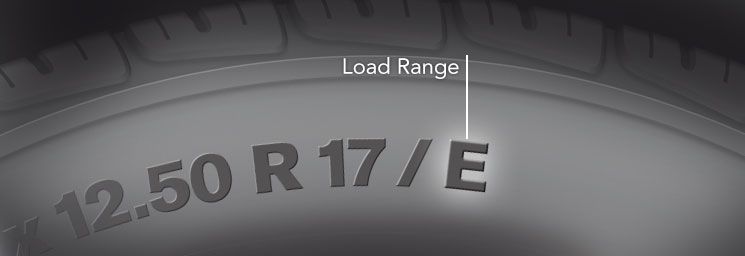 S. Department of Transportation (DOT) tire safety standards. Tires made in the United States have the DOT serial number located on the inside sidewall near the rim.
S. Department of Transportation (DOT) tire safety standards. Tires made in the United States have the DOT serial number located on the inside sidewall near the rim.
Below is a description of the serial number. Starting with the year 2000, four numbers are used for the Date of Manufacture, the first two numbers identify the week and the last two numbers identify the year of manufacture. This identifies how old a tire is.
Prior to year 2000 three numbers are used for the date of manufacture, first two numbers identify the week and the last number identifies the year of manufacture. To identify tires manufactured in the 90s, a decade symbol (a triangle on its side) is located at the end of the DOT serial number.
istockphoto.com
Tires hold a lot of information if you know how to read the numbers and letters on them, but many people don’t know how to read a tire sidewall for basic data like tire size. So, what do the numbers on a tire mean? The good news is that the answers are relatively straightforward, but the bad news is that it’s a great deal of info to memorize.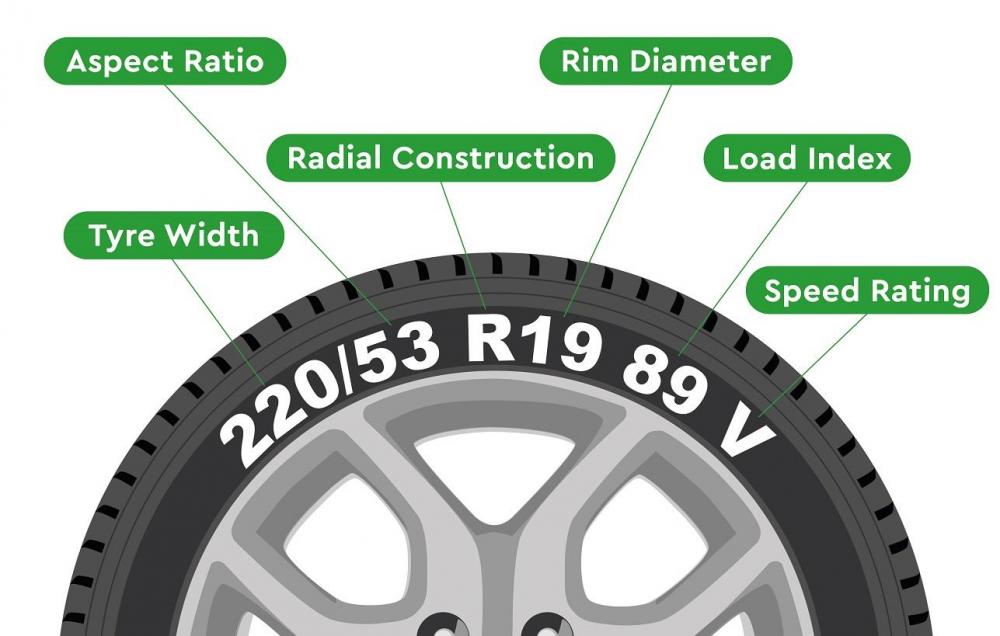 Even professional mechanics may need to refer to load index, speed rating, and tire size charts to verify exactly what tire numbers mean. Read over the detailed explanation below if you need a clear method for reading a tire sidewall.
Even professional mechanics may need to refer to load index, speed rating, and tire size charts to verify exactly what tire numbers mean. Read over the detailed explanation below if you need a clear method for reading a tire sidewall.
When you need new tires to replace worn ones, it’s important to know the size of your old tires—especially if you’re not buying a full set. Tire size can be found on the sidewall, represented by an alphanumeric code indicating the tire type, width, aspect ratio, construction type, wheel diameter, load index, and speed rating.
Check the tire’s sidewall for a series of letters and numbers 11 to 13 characters in length. The first character should be a letter indicating the tire type, referring to the type of vehicle for which the tire is designed.
P: If the code starts with a P, then the tire is made for passenger vehicles like sedans, crossovers, minivans, and most SUVs and pickup trucks.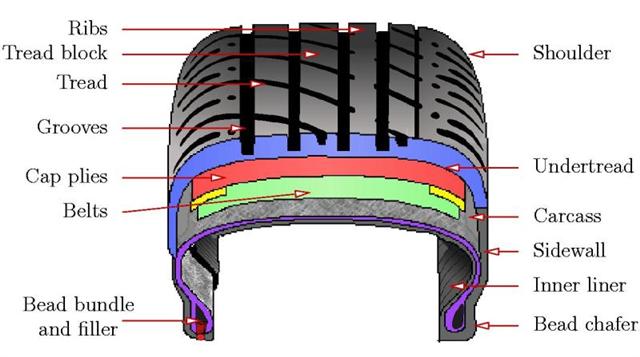 These are commonly known as P-metric tires.
These are commonly known as P-metric tires.
LT: Full-size pickup trucks and SUVs may have tires with the LT designation, which stands for “light truck.” These tires are typically made for carrying heavy loads or towing trailers.
ST: Typically seen on a variety of trailers, ST stands for “special trailer.” Tires with the ST designation should never be used on cars, vans, SUVs, or any other type of passenger vehicle.
Advertisement
No Letter: Some tire size codes don’t begin with a letter, so they fall into a separate category. These are typically European metric sizes. While those tires are still measured in millimeters and could be similar to a P-metric tire size, they may have a different load capacity.
istockphoto.com
There should be a three-digit number after the initial letter(s). This number indicates the width of the tire in millimeters. So, if the number listed is 215, then the tire width measures 215 mm. This measurement is vital for finding replacement tires, but the tire’s width is also needed to calculate the aspect ratio.
This measurement is vital for finding replacement tires, but the tire’s width is also needed to calculate the aspect ratio.
The next symbol on the tire sidewall is a forward slash, followed by two digits representing the aspect ratio, or the ratio of tire height to tire width. Tire height is measured from the wheel rim to the top of the tire tread, but it’s written as a percentage on the sidewall. For this reason, tire width is required to calculate tire height.
If the first three digits representing the tire width are 215 and the following aspect ratio digits are 65, the tire is 215 mm wide and the height is 65 percent of the width. You can calculate the exact measurement relatively easily with the following formula, where AR equals the aspect ratio, TW equals tire width, and TH equals tire height.
(AR/100) x TW = TH
(65/100) x 215 mm = 139.75 mm
RELATED: The Best Tire Inflators
One or more letters, an R or D, should follow the two tire measurements. On some tires, there may also be an F, but that should still be followed by an R or a D. This letter indicates how the tire is constructed.
On some tires, there may also be an F, but that should still be followed by an R or a D. This letter indicates how the tire is constructed.
R: This designation is the most common for modern tires. The R stands for “radial tires,” which have superior road grip, gas mileage, and ride comfort. Radial tires are made with multiple layers of rubber-coated cords laid perpendicular to the direction of travel. These cords are made using a blend of polyester, steel, and fabric to improve overall tire durability.
Advertisement
D: The D designation corresponds to bias tires. These tires have diagonal or crisscrossed cord plies and are sometimes used on motorcycles and trailers. However, this tire construction type isn’t common for the average passenger vehicle.
Two digits should be listed after the construction type. These numbers express the diameter of the wheel in inches. This means that if the number provided is 17, then the tire is designed to fit on a 17-inch wheel. Mind that this number isn’t a measurement of the tire’s tread-to-tread diameter; it represents the internal diameter from the two bead seat areas on the inside of the tire so that you know the appropriate wheel size for the tire.
Mind that this number isn’t a measurement of the tire’s tread-to-tread diameter; it represents the internal diameter from the two bead seat areas on the inside of the tire so that you know the appropriate wheel size for the tire.
The tire load index is a code that references the amount of weight a single tire can handle. It’s listed as a two- or three-digit number after the wheel diameter. To determine the weight in pounds, refer to a load index chart like the one provided below. Once you find the load capacity for one tire, then (assuming all of your tires’ load capacities match) you can calculate your vehicle’s maximum load by multiplying the single tire load capacity by four.
75 = 852 lbs
78 = 937 lbs
81 = 1,019 lbs
84 = 1,102 lbs
87 = 1,201 lbs
90 = 1,323 lbs
93 = 1,433 lbs
96 = 1,565 lbs
99 = 1,709 lbs
102 = 1,874 lbs
105 = 2,039 lbs
108 = 2,205 lbs
111 = 2,403 lbs
114 = 2,601 lbs
117 = 2,833 lbs
120 = 3,086 lbs
Related: How to Use a Tire Pressure Gauge
istockphoto.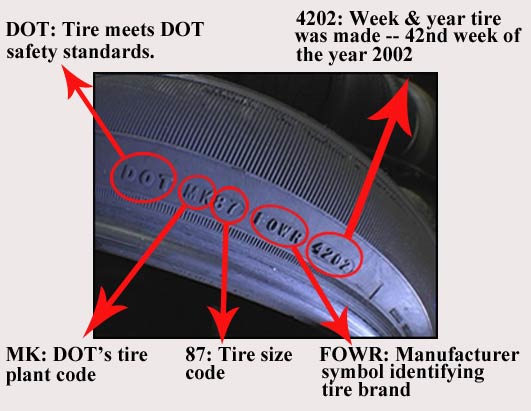 com
com
Similar to the load index, tire speed ratings indicate the maximum speed for which a tire is rated. Tire speed rating is often represented by a letter, but it can also be a letter and a number. In rare cases where the speed rating exceeds 186 mph, it may be designated by a ZR followed by (Y). See the speed rating chart below for a complete list of speed ratings and their meanings.
Advertisement
A1 = 3 mph
A2 = 6 mph
A3 = 9 mph
A4 = 12 mph
A5 = 16 mph
A6 = 19 mph
A7 = 22 mph
A8 = 25 mph
B = 31 mph
C = 37 mph
D = 40 mph
E = 43 mph
F = 50 mph
G = 56 mph
J = 62 mph
K = 68 mph
L = 75 mph
M = 81 mph
N = 87 mph
P = 93 mph
Q = 99 mph
R = 106 mph
S = 112 mph
T = 118 mph
U = 124 mph
H = 130 mph
V = 149 mph
W = 168 mph
Y = 186 mph
(Y) = >186 mph
ZR = This may appear on tires rated above 149 mph. It’s also used to indicate >186 mph when accompanied by the (Y) symbol.
It’s also used to indicate >186 mph when accompanied by the (Y) symbol.
RELATED: The Best Tire Pressure Gauges for Car Owners
Every tire sold in the U.S. needs to have a Department of Transportation (DOT) identification number. This number indicates a tire has passed minimum safety requirements for sale in the U.S., and it also includes manufacturer-specific coding to denote what company manufactured the tire, where it was made, and digits for tracking the sale of the tire in case it must be recalled.
The last four digits of this DOT serial number are the most useful for the average driver. The first two digits represent the week the tire was made, while the last two digits represent the year. If this number is 2620, then the tire was manufactured in the 26th week of 2020.
istockphoto.com
Manufacturers selling tires in the U.S. are also required by the DOT to grade their tires according to Uniform Tire Quality Grade (UTQG) standards to rate treadwear, traction, and temperature resistance.
The treadwear rating is the first UTQG figure provided, and it’s generated using a 7,200-mile wear test. Tires are graded based on the rate of wear they would endure after being driven for 7,200 miles. The ratings are relatively straightforward: A tire with a grade of 100 will wear out three times faster than a tire with a grade of 300. Similarly, a tire with a grade of 600 will last twice as long as a tire with a grade of 300.
Advertisement
Traction ratings are based on tire grip and a tire’s ability to stop in a straight line on wet concrete or asphalt. Traction ratings include AA, A, B, or C. Just like in academic grading, higher letter grades mean better ratings, with AA being the best tire traction rating.
Tire temperature ratings include A, B, and C, and tires with an A rating are able to withstand greater temperatures and dissipate heat more quickly than lower-rated tires. Depending on a tire’s design, it will have a certain level of resistance to heat; higher temperature ratings translate to better heat resistance at higher speeds.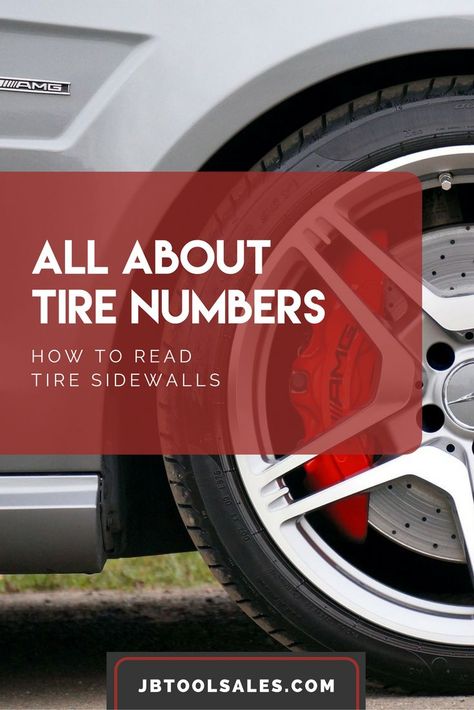
istockphoto.com
The letters M+S on a tire sidewall stand for “mud and snow.” Expect to see this code on all-weather tires designed for muddy conditions and light snow. The M+S code can also be followed by an E (M+SE) for studded snow tires. If you regularly drive through heavy snowfall, you can additionally look for tires featuring a mountain and snowflake on the sidewall—this symbol means it’s a winter tire.
Some tires may be listed as directional or unidirectional. This means the tire needs to be installed facing in a specific direction. To make it simple, the correct direction is represented by an arrow. This rotation arrow points in the direction which the tire should rotate when the vehicle is moving forward. Tires that aren’t unidirectional will not include a rotation arrow, so don’t be surprised if this symbol is missing from your sidewall.
RELATED: 13 Hacks Every Car Owner Should Know
Advertisement
Established marking standards allow you to find out the characteristics of a car tire by looking at its sidewall. But not all motorists, especially beginners, can easily "read" the applied designations. Today we will analyze what tire parameters are and how manufacturers indicate them on their products.
But not all motorists, especially beginners, can easily "read" the applied designations. Today we will analyze what tire parameters are and how manufacturers indicate them on their products.
The first and main parameter that you should pay attention to is the numbers on the sidewall. nine0003
A popular size for mid-size city cars.
For example, "205/55R16" means that
The manufacturer usually indicates the optimal size for your car in the owner's manual. nine0003
The use of tires of a smaller diameter will lead to a decrease in ground clearance, and larger models may simply not fit into the wheel arches.
Tires differ in the way they are tensioned with cord threads: in diagonal ones they are allowed to cross, in radial ones they are not. The second option is more modern, characterized by increased rigidity and reliability. Designated with the word "Radial" or the letter "R" in the frame size. nine0003
The second option is more modern, characterized by increased rigidity and reliability. Designated with the word "Radial" or the letter "R" in the frame size. nine0003
Radial tires, due to the larger contact area, provide better traction.
After the standard size, there are load and speed indices, that is, the maximum allowable values for this type of rubber (in our case, “91V”).
In the presented version, the load on one wheel should not exceed 615 kg, and your speed should not exceed 240 km/h.
Choose the load index for a car based on half the maximum weight acting on the axle. Manufacturers recommend choosing tires with a margin of 15-20% of the calculated value. nine0003
Also calculate the speed index with a margin of about 15%. Such an amendment is needed due to the fact that the speed of the car can increase on long descents or with a strong tailwind.
Calculate the load index for SUV tires with a margin of 30%.
Tires are divided into winter, summer and all-weather. Manufacturers indicate belonging to a certain type using appropriate inscriptions or images (raindrops, sun rays, snowflakes, etc.). The presence of several images indicates the all-season product. nine0003
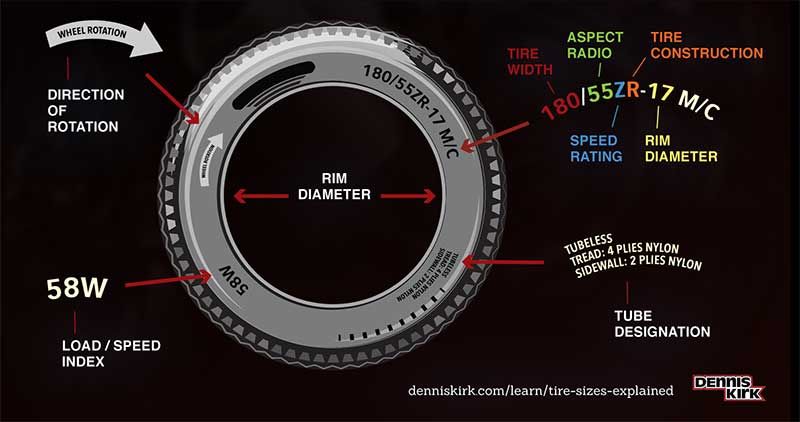 But the actual allowable load is determined only by the corresponding index. nine0014
But the actual allowable load is determined only by the corresponding index. nine0014  nine0014
nine0014 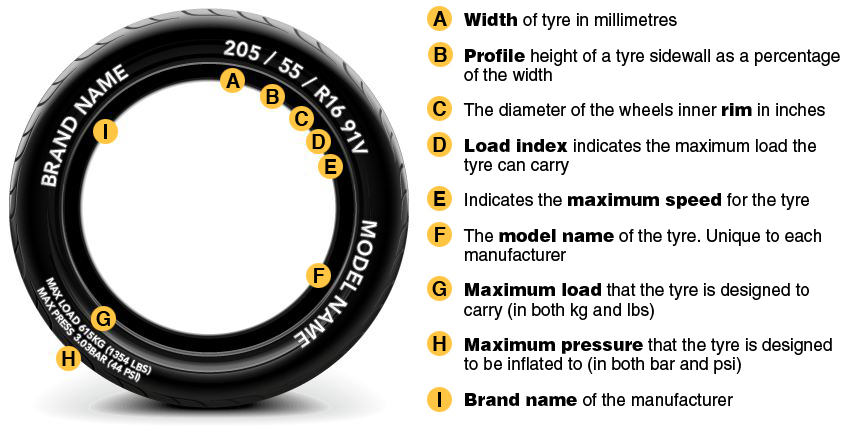 Tires without a manufacturer's name may not meet the declared characteristics, and their use may be unsafe.
Tires without a manufacturer's name may not meet the declared characteristics, and their use may be unsafe. They come in red, green, yellow or white and help you properly install the tires on the car.
Colored stripes help warehouse workers recognize tire sizes and models stacked in stacks. nine0003
Most modern tires are tubeless. They are designated "TL" or "Tubeless". Outdated chamber models are labeled "TT" or "Tube Type". They differ in the way they are attached to the rim of the disc.
They differ in the way they are attached to the rim of the disc.
Tubeless tires with minor punctures are repaired without removing them from the wheel; also, with periodic pumping, drive to the nearest car service.
During long-term storage, tires lose their elasticity, and their driving performance deteriorates. nine0003
But on the models of some manufacturers, you can "read" the year of manufacture and refuse to buy old products.
A 3- or 4-digit code is indicated on the side in a rectangular frame with rounded corners. In the first case, the tire was produced before 2000, in the second - after. The first two digits of the number indicate the week, the last - the year. For example, code 308 means that tires were released in July 98 or 88, 1517 - in April 2017.
Read also: What pressure should be in the tires nine0003
In the United States, tires are produced with two different markings.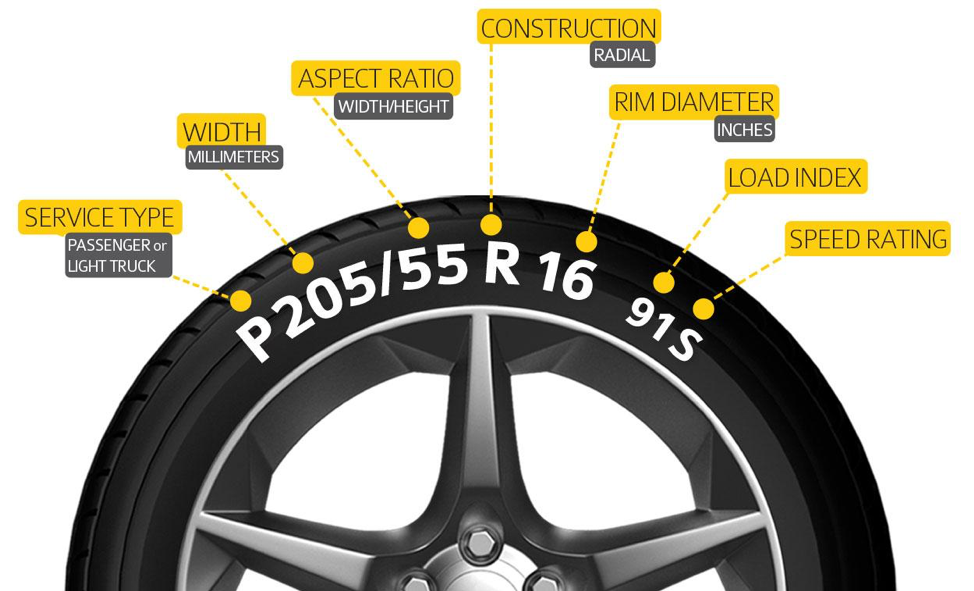 The first differs from the European ones only in additional letters before the standard size:
The first differs from the European ones only in additional letters before the standard size:
The second one is more different from the standard size we are used to, besides it indicates the dimensions in inches. For example, a 33x12.50 R15 tire has an outer diameter of 33 inches, a profile width of 12.5 inches, and an inner diameter of 15 inches. The rest of the abbreviations are identical to the generally accepted ones. nine0003
The tire sidewall has all the information you need to know about it. Below you will find a small guide to deciphering all these numbers and letters.
Tire width from side to side in mm.
Ratio of the tire profile height to its width, expressed as a percentage. For example, a profile height of 65 means that the height of the tire is 65% of its width
For example, a profile height of 65 means that the height of the tire is 65% of its width
Wheel diameter (height) in inches.
The load index determines the maximum tire load (in kg). The load index value is printed on the sidewall of the tire to the right of the diameter value.
For example, for a tire with a load index of 91, the maximum load is 615 kg.
When buying new tires, consider the load and speed indexes in combination. In addition, you should always follow the recommendations of your vehicle manufacturer. nine0003
The Speed Index is the maximum allowable speed at which a properly inflated tire can be driven under load. The speed index, indicated by a letter, is located after the load index on the sidewall of the tire. For example, for a tire with a speed index of V, the maximum speed is 240 km/h.
When buying new tires, it is important to consider that their speed rating matches the vehicle's speed capabilities.
Your vehicle may be compatible with tires with load and speed ratings that differ from those specified in the manufacturer's documentation.
However, it is always worth checking first whether the vehicle manufacturer allows the installation of such tires and whether their operation is permitted by the current legislation. Always comply with all legal requirements in your country regarding the characteristics of the tires used, and also take into account the recommendations of the vehicle manufacturer regarding speed and load. If necessary, consult your dealer before purchasing or installing tires. nine0003
Is it possible to use tires with higher speed ratings than those recommended by the car manufacturer?
Yes, you can. However, it is always worth checking first whether the vehicle manufacturer allows the installation of such tires.
Can tires with higher load indexes be used than recommended by the car manufacturer?
Yes, you can. However, it is always worth checking first whether the vehicle manufacturer allows the installation of such tires. nine0003
However, it is always worth checking first whether the vehicle manufacturer allows the installation of such tires. nine0003
Can tires with higher speed and load ratings be used than recommended by the car manufacturer?
Yes, you can. However, it is always worth checking first whether the vehicle manufacturer allows the installation of such tires.
Can tires with lower speed ratings be used than those recommended by the car manufacturer?
Yes, it is possible. These can be all-season or winter (M+S) tires with a lower speed index, if: a) a sticker indicating the maximum speed limit is in the driver's field of vision; b) the driver does not exceed the specified maximum speed limit. However, it is always worth checking first whether the vehicle manufacturer allows the installation of such tires and whether their operation is permitted by the current legislation. nine0003
Can tires with higher load indexes and lower speed indexes be used than recommended by the car manufacturer?
Yes, it is possible. These can be all-season or winter (M+S) tires with a lower speed index, if:
These can be all-season or winter (M+S) tires with a lower speed index, if:
a) a sticker indicating the maximum speed limit is in the driver's field of vision;
b) the driver does not exceed the specified maximum speed limit. However, it is always worth checking first whether the vehicle manufacturer allows the installation of such tires and whether their operation is permitted by the current legislation. nine0003
Refer to the vehicle owner's manual for load limits. Overloading a vehicle puts unnecessary stress on its tires and other structural elements. This can result in poor handling, increased fuel consumption and tire damage. Tires may develop large cracks, defects or tears.
The presence of the letter "P" or the absence of letters indicates that this is a tire for a passenger car.
The letter "R" stands for radial construction. Most tires manufactured today are radial.
This mark indicates that the tire meets the United Nations Economic Commission for Europe (UNECE) standards for pneumatic tyres.